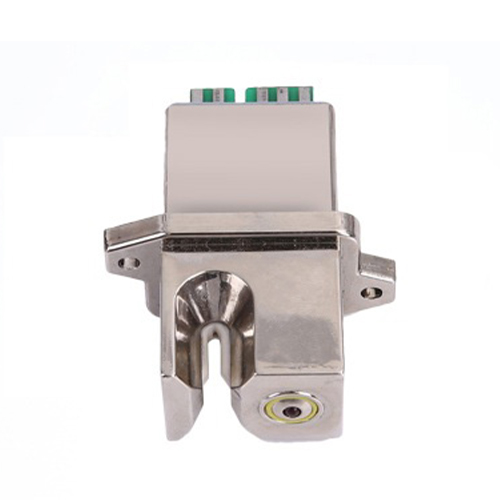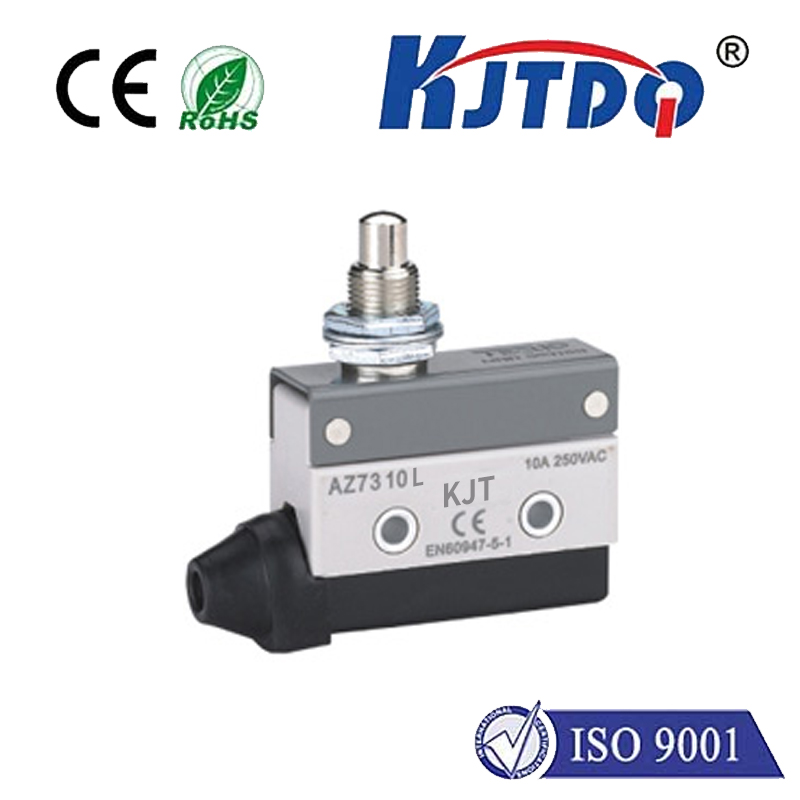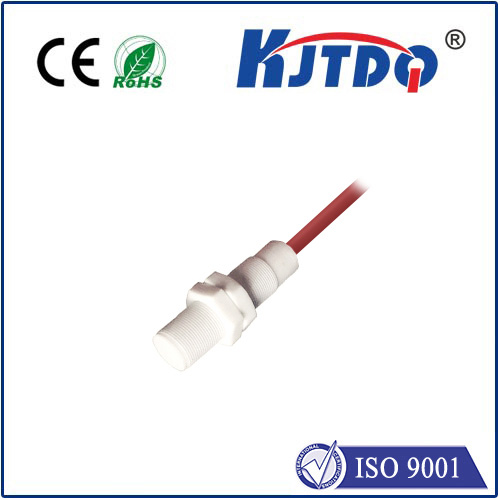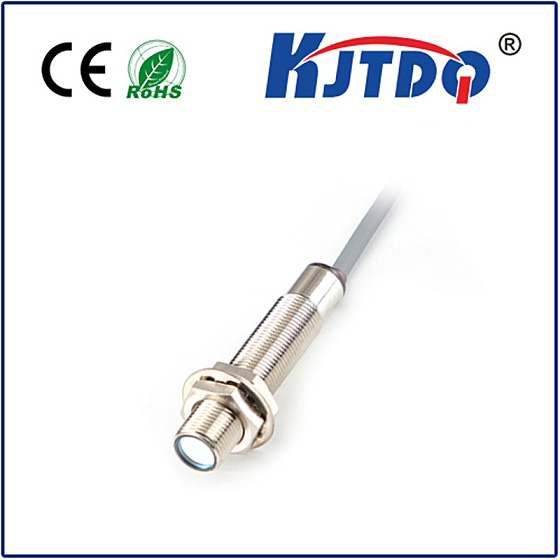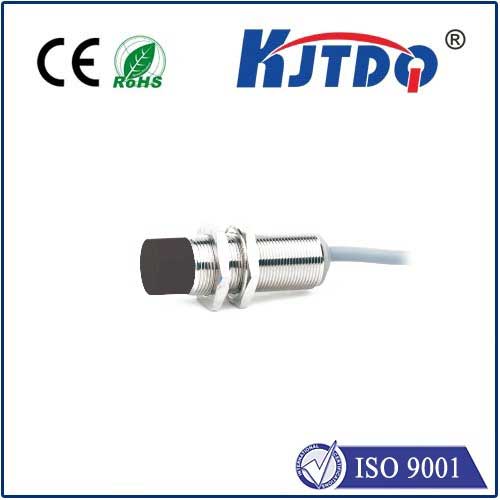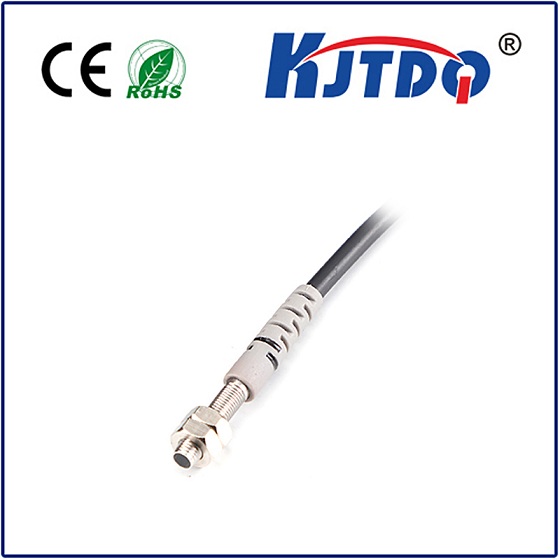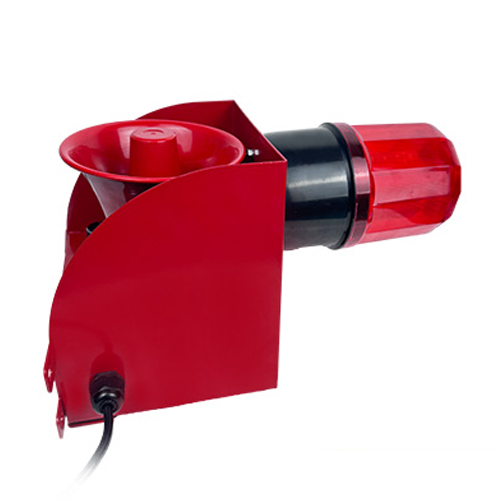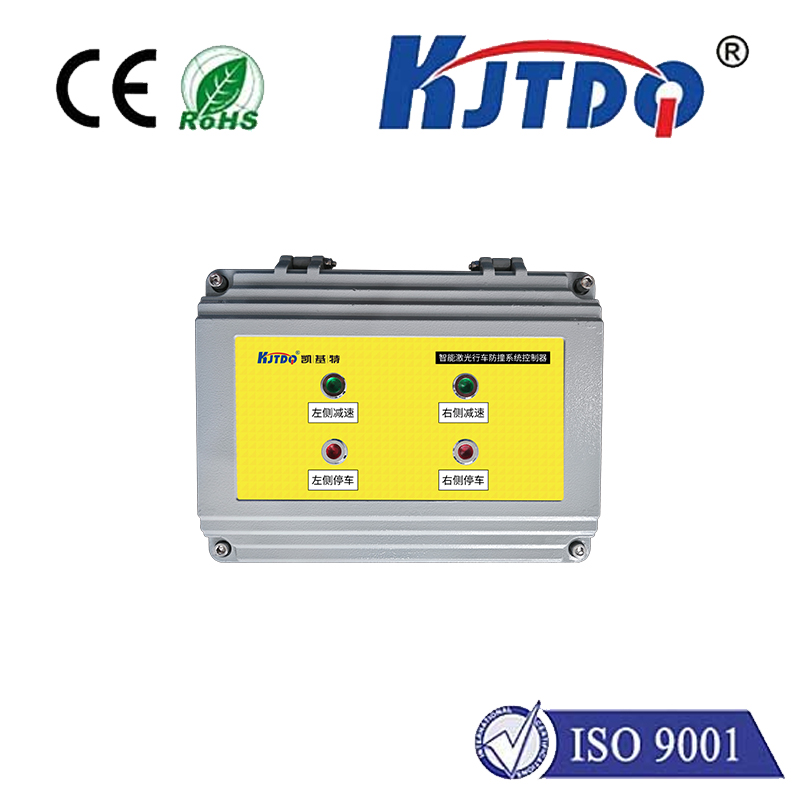

check

check

check

check
The gentle press of the accelerator pedal. The smooth hum of a perfectly controlled engine. The reassuring stability navigating a curve. This seemingly effortless harmony masks a complex orchestra of technology beneath the hood, where unseen components tirelessly gather critical data. Among the most crucial, yet often overlooked, conductors of this mechanical symphony are PTS sensors: Pressure Temperature Sensors. These compact but vital devices are fundamental to optimizing performance, ensuring safety, and maximizing the lifespan of modern vehicles and machinery.
Decoding the Acronym: What Exactly is a PTS Sensor?
As the name implies, a PTS sensor is a sophisticated electronic component engineered to perform a dual function: it simultaneously measures both pressure and temperature within a specific system. Think of it as a vigilant sentinel, constantly feeding two essential streams of real-time data to the vehicle’s central computer, the Powertrain Control Module (PCM). This integrated design enhances reliability and reduces complexity compared to using separate sensors. While pressure and temperature are distinct physical properties, their interaction is critical. For instance, the pressure readings of engine oil vary significantly with its temperature. Accurate temperature compensation is, therefore, vital for interpreting pressure data correctly and making informed adjustments. PTS sensors achieve this with remarkable efficiency.
Core Functions: The Eyes Inside the Machine

The primary mission of PTS sensors is real-time monitoring and data provision. Consider their critical role in an engine oil circuit:
By combining both measurements, the PCM gains a comprehensive understanding of the lubrication system’s health and operating conditions. This integrated insight allows for superior engine control – optimizing fuel injection, managing variable valve timing, and triggering cooling fans – all based on the combined pressure/temperature picture. Ultimately, PTS sensors are fundamental to achieving peak engine efficiency and reliability. Their stable operation prevents avoidable failures and costly repairs, embodying proactive protection rather than reactive diagnostics.
Beyond Lubrication: The Expanding Role of PTS Sensors
The utility and precision of PTS sensors ensure their application extends well beyond traditional engine oil monitoring:
Recognizing a Failing PTS Sensor: Symptoms and Solutions
Like any component, PTS sensors can eventually fail or provide inaccurate readings. Given their critical role, recognizing warning signs is essential:
Diagnosing a failing PTS sensor typically involves reading diagnostic trouble codes (DTCs) with an OBD-II scanner and performing specific electrical tests (voltage, resistance, signal output) as guided by service manuals. Replacement usually requires locating the sensor (often in direct contact with fluids), carefully removing it, and installing a new, compatible unit while ensuring proper sealing.
The Indispensable Guardian
From the relentless demands of high-performance engines to the intricate control of modern transmissions, PTS sensors perform a mission-critical function. Their ability to deliver simultaneous, accurate pressure and temperature data provides the intelligence modern systems rely on for optimal operation, enhanced safety, and increased longevity. They are a prime example of how unassuming components form the bedrock of automotive intelligence. Investing in the maintenance and timely replacement of these critical sensors protects significant mechanical investment and ensures a smoother, safer, and more efficient driving experience. As technology evolves, the precision and integration capabilities of PTS sensors will only become more central to the sophisticated machines defining our future.

